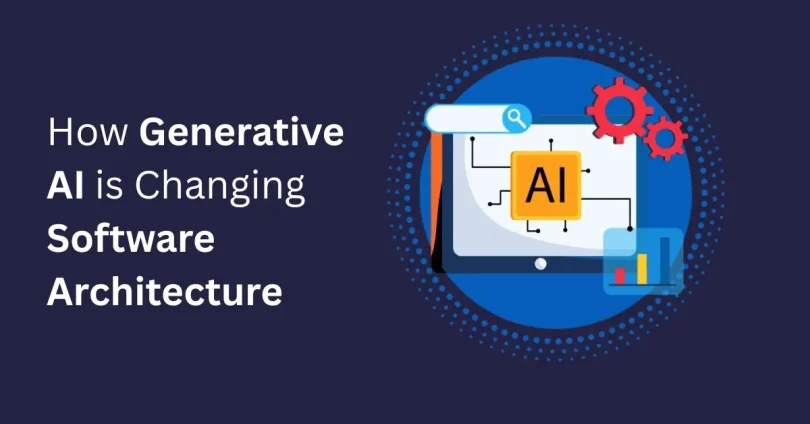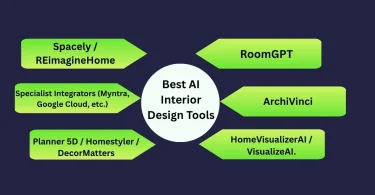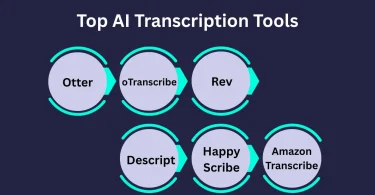Generative AI, or GenAI, is transforming software architecture that was inconceivable a few years ago. It’s a relatively new area, but it’s growing rapidly as part of the broader AI landscape. The latest technologies and powerful language models are opening up new possibilities to support software engineering, particularly in areas that require creativity and profound technical expertise.
Generative AI models such as large language models (LLMs) offer promising possibilities in software architecture, especially in the design, organization, and communication of complex systems. These tools assist software architects in analyzing requirements, drawing system designs, comparing alternatives, and producing useful documentation.
This article explores how generative AI is reshaping software architecture and what it means for the future of system design.
Manual Workflows to AI-Powered Design
Architects can use tools such as DiagramGPT to create initial deployment diagrams by using AI-suggested AWS components, system flows, and network configurations. These fast-track blueprints accelerate the initial phases of system planning and assist teams to converge more rapidly.
AI can make architecture recommendations based on business objectives or technical specifications when provided with clear instructions. These tools are not meant to replace architects, but act as smart copilots or coworkers.
The Changing Role of the Software Architect
Although GenAI can automate some aspects of the software development process, architects are needed more than ever.
According to Ipek Ozkaya [IO2024], architects are currently working on incorporating the output of AI into complete system designs. Their work involves ensuring that the AI-generated code is consistent with long-term architecture objectives, adheres to system constraints, and does not create unforeseen (unexpected) problems.
They are also exposed to special machine learning issues. A single study [SAN] found 20 architecture concerns with ML, such as:
Constant model retraining
Managing unpredictable AI behaviors
Building and maintaining complex data pipelines
Today, architects are emerging as enablers of human-AI collaboration, monitoring AI decisions, bridging with engineering teams, and making sure that they are adopted into the real world in a smooth and responsible way.
Intelligent Decisions and Fast Design Iterations
Generative AI provides architects with a competitive advantage during tradeoff analysis and architecture plan optimization. LLMs provide quick, smart feedback- proposing alternatives, explaining concepts and accelerating documentation.
Architects can:
Carry out simulated what-if design scenarios
Identify bottlenecks in advance
Take advantage of best practices based on large training data
Increasing Lifecycle Productivity
GenAI is time-saving during development, including code generation, writing test cases, and documentation.
AI developers have fewer distractions and can focus on deeper work.
Generative AI can take care of the mundane work, leaving architects to concentrate on system-level planning and creativity.
Self-Adaptive Systems
It is not only about creating systems anymore, but it is also becoming an element of their functioning.
Architects are beginning to create AI-enhanced platforms that are real-time and adaptive. This covers AI agents that auto-tune performance, and orchestration layers that dynamically scale, provide resilience, and optimize cost.
Security, Governance and Ethical AI Design
Although GenAI may be used to identify possible security holes at the design stage, human control is essential. Architects must:
Check the AI-generated results to be accurate
Make sure that governance standards are met
Establish well-defined trust areas throughout the architecture
Impact of Generative AI on Software Development Practice
Generative AI is not only transforming software architecture; it is transforming the way modern development methodologies work. The use of AI-based tools is changing agile processes, DevOps pipelines, and continuous integration/continuous delivery (CI/CD) workflows.
GenAI accelerates the sprint cycles in Agile by making it possible to prototype quickly and get instant feedback during planning sessions.
In the context of DevOps, it complements automation by adding intelligent monitoring, anomaly detection, and predictive scaling. For CI/CD, AI boosts efficiency by improving test automation, providing code review assistance, and suggesting deployment actions, leading to quicker and more dependable release cycles.
Integration Barriers and System Limitations
Although GenAI has potent benefits, it also has some issues that architects should address in a thoughtful manner.
The first problem is that AI output is not transparent, and it is not always simple to understand. It is also challenging to integrate AI solutions into legacy systems or those that are rigid and do not provide much architectural flexibility.
The other issue is that LLMs may give wrong or misleading output, often called hallucinations.
Other challenges are managing model drift, training data biases, and knowledge deficits in areas of expertise where AI does not have a profound understanding.
Future of GenAI in Architecture
The role of generative AI in software architecture will continue to increase as we move into the future. It is possible to have fully AI-based architecture-as-code systems, where GenAI can design, verify, and deploy architectures without much human interaction.
In the near future, AI can be used to monitor performance in real-time and make automatic system changes based on telemetry data and react immediately. Architects could test how systems behave in virtual environments prior to deployment with the addition of GenAI and graph-based modeling. These changes are indicative of a future where intelligent, adaptive, and self-optimizing software systems are constructed based on AI.
Final Words
Generative AI is not a minor adjustment to the way we create software, it is a reversal of the script. Emerging as a force multiplier to software architects, whether it is speeding up design cycles, enabling teams to create adaptive, self-healing systems. And although it is tempting to consider AI as the new brains of the operation, the reality is that people remain the creators of trust, strategy, and vision.
Architects no longer find themselves in perpetual design meetings or documentation. They are now steering intelligent systems, certifying AI-generated code, and making sure that it all fits business objectives, security policies, and practical requirements.
This is not one to miss. As a senior architect or a junior developer, it is time to get familiar with GenAI tools. Know what they are capable of, how to identify their weaknesses, and test them out in the real world. Since the early adopters will be the ones who will shape the future.
Begin to build with AI, not around it.
FAQs – How Generative AI is Changing Software Architecture
Does Generative AI eliminate software architects?
Not in the least. AI facilitates the process only, architects continue to be in charge of the design process, make decisions, and guarantee quality. They are not diminishing in their role.
What are the greatest dangers of GenAI in architecture?
AI hallucinations (wrong outputs)
The inability to explain AI-made decisions
Interaction with obsolete systems
Data bias
Is GenAI useful in secure system design?
Yes, AI can point out weaknesses in the design, but it is still up to architects to govern, trust zones, and compliance.
What is the impact of GenAI on Agile, DevOps, and CI/CD?
It accelerates Agile sprints through quicker prototyping, enhances DevOps through predictive monitoring, and augments CI/CD by automating testing and deployment activities.
Which tools should software architects use today?
DiagramGPT: auto-generates system diagrams
GitHub Copilot: intelligent code assistant
Amazon CodeWhisperer: AWS-oriented code suggestions
Kite and Tabnine: Dev productivity tools.




Leave a Comment